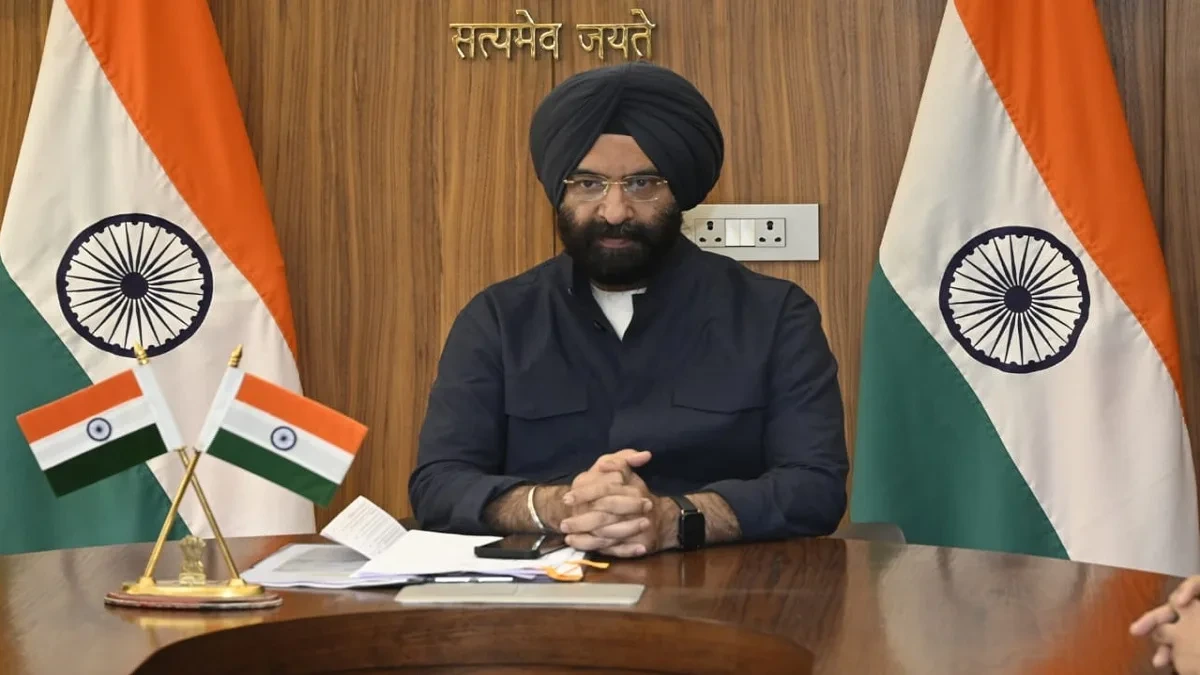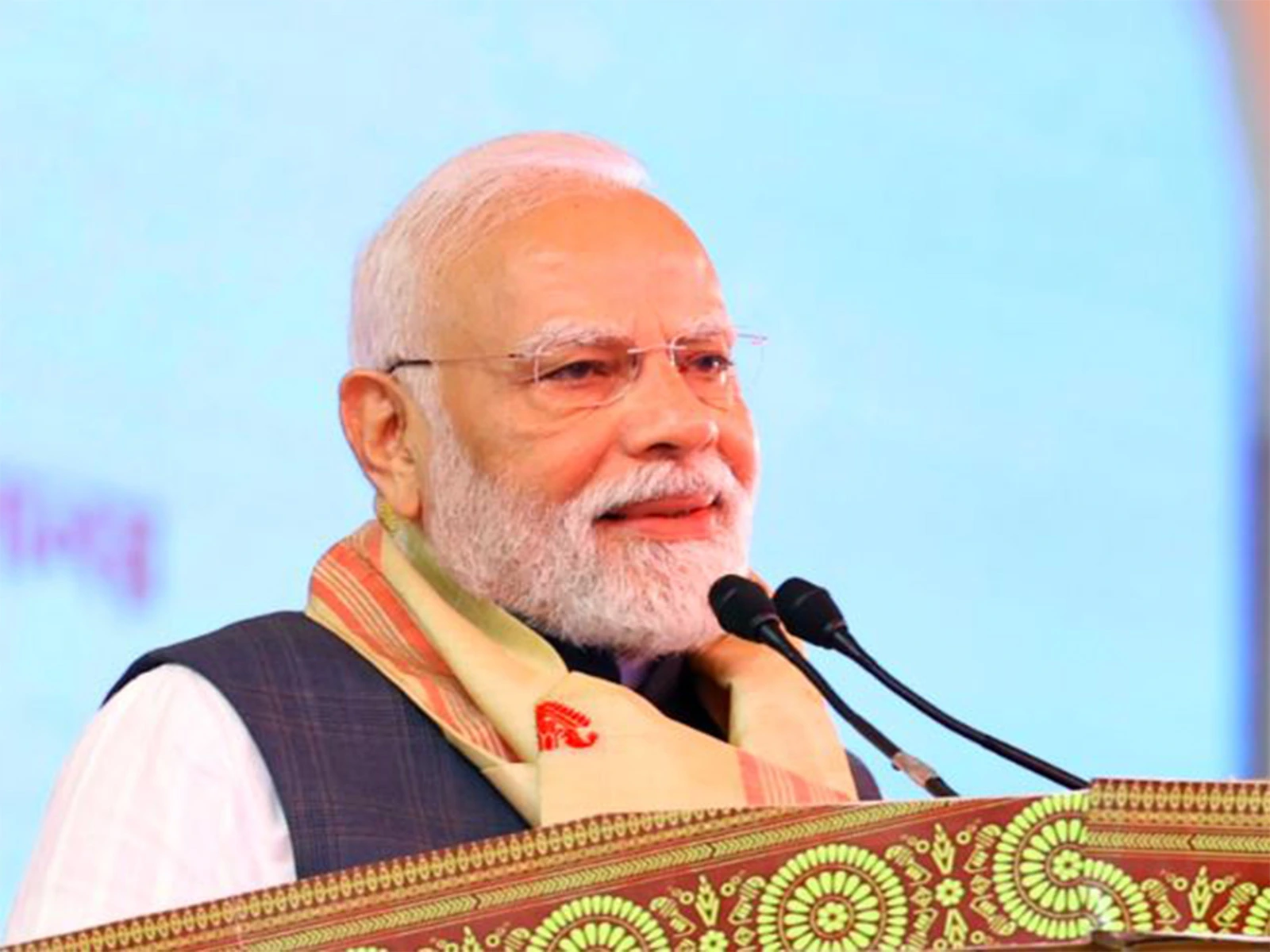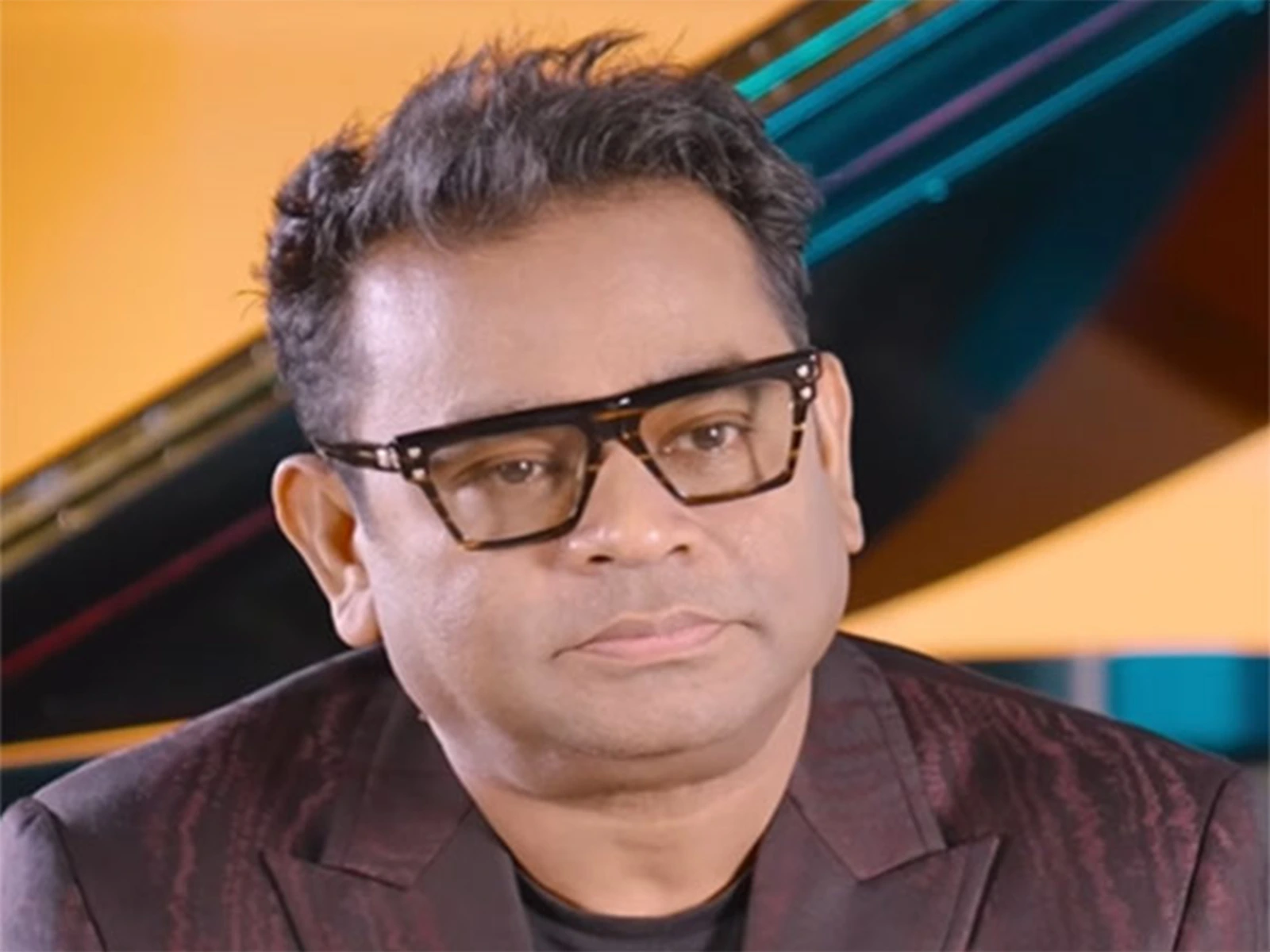18-july-2025,12:00 PM
In a proactive step towards combating urban pollution, Delhi Minister Manjinder Singh Sirsa has emphasized the urgent need to explore innovative strategies to tackle the environmental challenges posed by End-of-Life (EOL) vehicles. Speaking at a recent environmental policy forum, the minister highlighted that Delhi is seeking collaborative efforts, expert insights, and sustainable practices to effectively manage and reduce the impact of scrapped vehicles on the city’s air quality.
Manjinder Singh Sirsa : The Environmental Impact of EOL Vehicles in Delhi
Manjinder Singh Sirsa :Rising Pollution and Urban Waste: A Pressing Concern
Delhi continues to face significant air pollution levels, particularly during the winter months. Among the many contributing factors, End-of-Life (EOL) vehicles — those that have outlived their road-worthiness — have become a major source of concern.
According to transport and environmental data, thousands of old vehicles continue to remain in circulation or are abandoned improperly, contributing to:
-
Air pollution through unregulated emissions
-
Land pollution due to improper disposal of vehicle parts
-
Traffic and parking congestion in urban areas
Manjinder Singh Sirsa, addressing this concern, stated, “We cannot ignore the growing impact of EOL vehicles on Delhi’s environment. We must work together to identify efficient, modern concepts that can convert this challenge into an opportunity for sustainable development.”
Manjinder Singh Sirsa : Vision for a Greener Delhi
Manjinder Singh Sirsa : Focus on Sustainable Vehicle Scrapping and Recycling Systems
In line with India’s larger environmental and sustainability goals, Manjinder Singh Sirsa outlined the Delhi government’s intent to develop a comprehensive plan for handling EOL vehicles. The minister is particularly keen on collaborating with private sector innovators, auto manufacturers, and environmental NGOs to design:
-
Eco-friendly scrapping facilities
-
Circular economy models for auto components
-
Vehicle recycling units that meet global environmental standards
He mentioned that the government is studying successful models from countries like Japan and Germany, where EOL vehicle management has been integrated into national policy frameworks with measurable outcomes.
The Call for Public-Private Partnership
Delhi Government Seeks Expertise and Investment
During his address, Manjinder Singh Sirsa invited stakeholders from the automotive, technology, and environmental sectors to share innovative models and actionable frameworks. He suggested that public-private partnerships (PPPs) could accelerate the implementation of vehicle disposal policies.
Key areas where partnerships are being encouraged include:
-
Digital tracking systems for vehicle age and emissions
-
Automated dismantling and recycling plants
-
Awareness campaigns to educate vehicle owners on safe disposal
Sirsa emphasized, “We need scalable, tech-enabled, and economically viable solutions. The government is open to working with startups and environmental experts who can contribute to this mission.”
Proposed Policy Measures for EOL Vehicle Pollution Control
Incentives, Regulations, and Citizen Engagement
To complement the larger vision laid out by Manjinder Singh Sirsa, several policy options are under active consideration:
-
Scrappage Incentives – Offering financial benefits for owners who voluntarily dispose of vehicles older than 15 years.
-
Mandatory De-registration – Enforcing stricter de-registration rules for vehicles past their functional life.
-
Digital Pollution Monitoring – Leveraging IoT-based emission tracking for aging vehicles.
-
Recycling Ecosystem Development – Encouraging industries to adopt a zero-waste approach.
Additionally, the minister called for better enforcement of the Supreme Court’s orders banning 15-year-old petrol and 10-year-old diesel vehicles in Delhi-NCR.
National Electric Mobility Mission & Green Delhi Synergy
Aligning Vehicle Policy with Electric and Clean Mobility Goals
Manjinder Singh Sirsa highlighted the importance of syncing EOL vehicle management with India’s National Electric Mobility Mission Plan (NEMMP) and Delhi’s Electric Vehicle Policy 2020. As the capital continues its push toward clean transport, the phasing out of polluting vehicles is an essential complementary step.
He noted that space freed by scrapping old vehicles could be used for installing EV infrastructure like:
-
Charging stations
-
Battery recycling units
-
Green logistics hubs
This alignment will not only improve Delhi’s air quality but also promote employment, attract green investments, and support India’s broader climate commitments under the Paris Agreement.
Citizen Responsibility: A Vital Role in Curbing Vehicle Pollution
Public Awareness Key to Policy Success
While government initiatives are central, Manjinder Singh Sirsa pointed out that lasting change will come only when citizens understand and support responsible vehicle disposal practices. The minister encouraged vehicle owners to:
-
Regularly check vehicle fitness and emissions
-
Avoid using unauthorized or unfit vehicles
-
Take advantage of upcoming scrappage schemes
-
Contribute ideas and feedback to proposed policies
Sirsa added, “This is not just a government issue; it is a shared civic duty. Pollution from EOL vehicles affects every family in Delhi. Together, we must change the mindset and behavior towards vehicle ownership and disposal.”
Expert Reactions and Industry Response
Positive Reception from Environmental Experts and Auto Sector
Following Manjinder Singh Sirsa’s address, several industry leaders and environmentalists welcomed the government’s forward-looking stance. Automotive experts appreciated the focus on integrating environmental accountability with industrial innovation.
Ritu Sharma, an environmental policy analyst, commented, “The minister’s focus on EOL vehicle policy is timely and necessary. Delhi cannot solve its air quality crisis without a structured scrappage program.”
Meanwhile, auto manufacturers have shown interest in setting up vehicle dismantling centers in Delhi-NCR under joint ventures with the government.
Conclusion: Manjinder Singh Sirsa Champions a Clean and Responsible Delhi
The proactive approach demonstrated by Manjinder Singh Sirsa in addressing pollution from End-of-Life vehicles reflects a growing awareness within government leadership to prioritize sustainable urban development. As Delhi battles one of the highest air pollution levels among global capitals, decisive action on vehicular emissions could mark a turning point in the city’s fight for cleaner air.
By promoting innovation, public engagement, and environmental stewardship, Sirsa’s initiative may well become a model for other Indian states to emulate.
The coming months will reveal how these ideas are translated into action. For now, one thing is clear: Manjinder Singh Sirsa has ignited a critical conversation that could pave the way for a greener, safer, and more responsible Delhi.
Source : ANI




